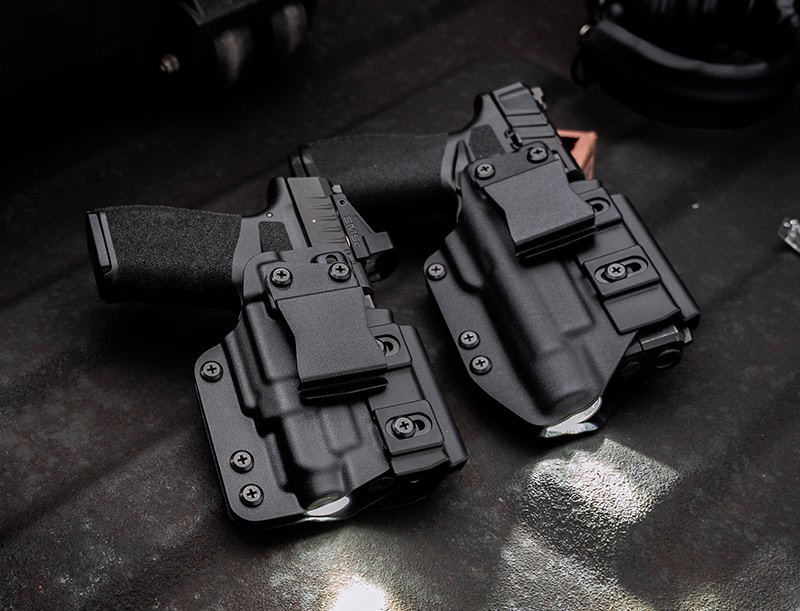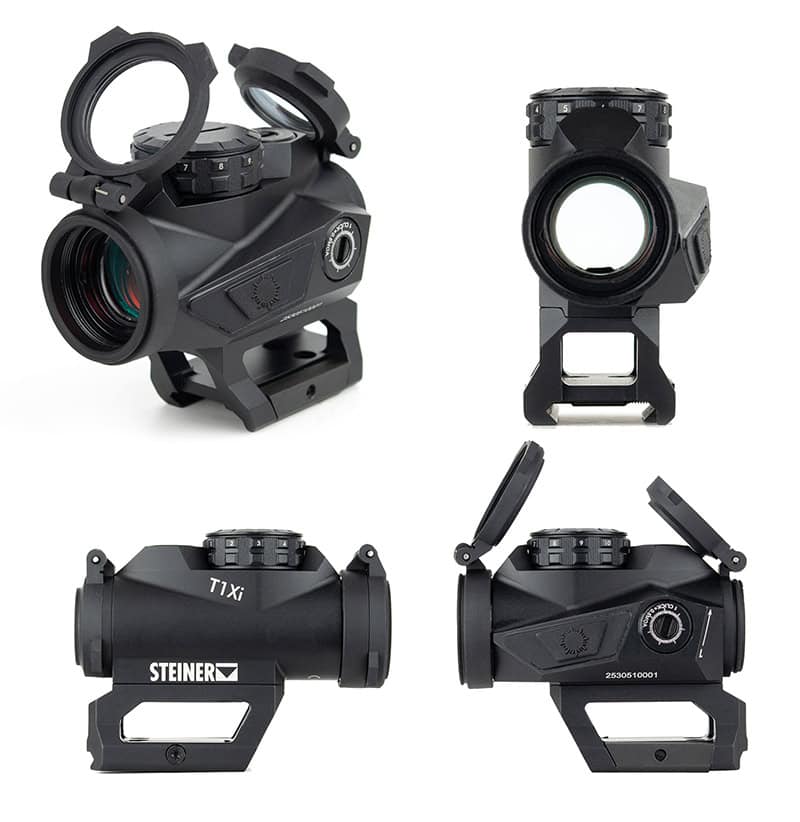A Tailored Approach: Home vs. Self-Defense
When you Google “home defense for women,” only one listing on the first page of organic search results is actually about home defense. The rest are centered on self-defense or personal defense. While sure, there is some overlap, most of these articles and the products recommended within are focused on tools and tactics for when a woman is out of the house in public spaces. I wish I could say I’m surprised, but it mirrors the experiences of women throughout the country when they walk into a gun store.
Think about it. When a woman walks into your store and is interested in purchasing a gun for personal defense, how often do you or your staff ask the right clarifying questions to determine her primary motivations? Does your brain automatically jump to everyday carry solutions like compact pistols and pepper spray, or do you pause to inquire about her unique circumstances, like what percentage of her day is spent in the home versus out?
The reality is preparing and training for self-defense versus home defense requires different approaches, as each involves unique scenarios, environments and tools. Addressing this distinction in your sales and educational strategies not only helps customers make informed choices, but also positions your business as an expert in understanding nuanced needs.
Defining Home Defense
Unlike self-defense, which often centers on mobility and adaptability in public spaces, home defense focuses on protecting a fixed location and its occupants. This distinction impacts training, strategy and gear selection.
Firearms for home defense — like shotguns, rifles or full-size pistols — prioritize stopping power and accuracy over concealability and portability. Furthermore, layered security measures such as reinforced locks, alarm systems and surveillance cameras complement a robust home-defense plan.
Home defense also requires customers to consider the tactical use of the home environment. This includes strategies such as:
• Barricading: Securing doors and entryways to delay intruders.
• Positioning: Using cover and choke points to their advantage.
• Coordination: Rehearsing family drills for reaching safe rooms and communicating effectively.
It’s essential to educate customers about legal considerations like the castle doctrine or stand-your-ground laws, which vary by state and play a critical role in their decision-making and preparedness.
Addressing Customer Needs
When engaging with female customers — or any customer — interested in home defense, avoid assumptions. Instead, focus on asking clarifying questions to guide them toward appropriate solutions. Examples include:
• Do you have children in the home?
• What areas of the home are you most concerned about securing?
• Would you like to discuss additional security measures, like door reinforcement or alarm systems?
These questions not only help identify the right firearm but also open the door to conversations about training, safe storage and rapid accessibility — particularly important if children are present in the home. Safes with biometric access or quick-action locking mechanisms provide an excellent balance between security and readiness.
Training & Education Opportunities
Home defense isn’t just about products; it’s about preparation. Dealers can expand their offerings by hosting training sessions and educational workshops that cover key topics regarding:
• Legal Considerations: Host seminars on state-specific home-defense laws, such as the castle doctrine and self-defense statutes.
• Layered Security Plans: Teach customers how to integrate locks, cameras and alarms with tactical strategies for a cohesive defense.
• Family Coordination: Offer courses on safe room drills and communication protocols, emphasizing collaboration among household members.
These value-added services not only generate additional revenue streams but also foster trust and loyalty by demonstrating your commitment to customers’ safety. Consider partnering with subject matter experts such as local law enforcement, a safe manufacturer or a locally owned home security company.
Building Trust Through Expertise
Small- to medium-sized firearm dealers have a unique opportunity to differentiate themselves by becoming hubs for home-defense education. In doing so, you’re not just selling a firearm — you’re empowering customers with the knowledge and confidence to effectively protect themselves and their loved ones.
Consider creating in-store displays highlighting home-defense options, such as shotguns with reduced recoil, carbines with compact frames and full-size pistols with user-friendly features. Pair these displays with educational signage explaining their advantages in home-defense scenarios. Complement this with brochures or QR codes linking to resources on topics like door reinforcement and alarm system selection.
A Holistic Approach
By taking a comprehensive approach to home defense — one that goes beyond firearms to include training, strategy and legal education — you can meet the nuanced needs of female customers and establish your store as a trusted authority. Recognizing the distinction between self-defense and home defense ensures your customers receive tailored recommendations, leading to better outcomes for them and a stronger reputation for your business.





